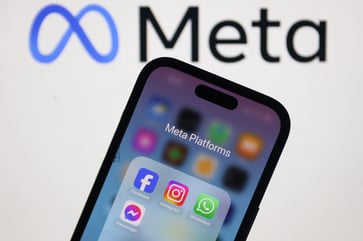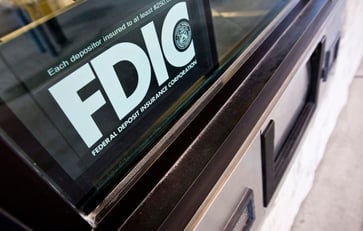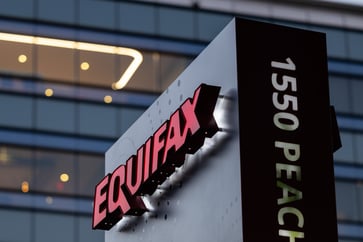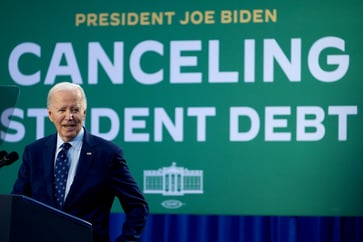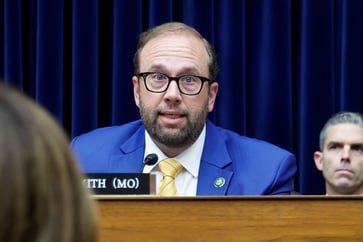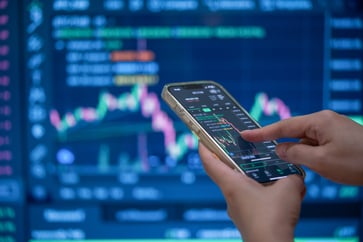One chart provides the inflation breakdown for August 2024.
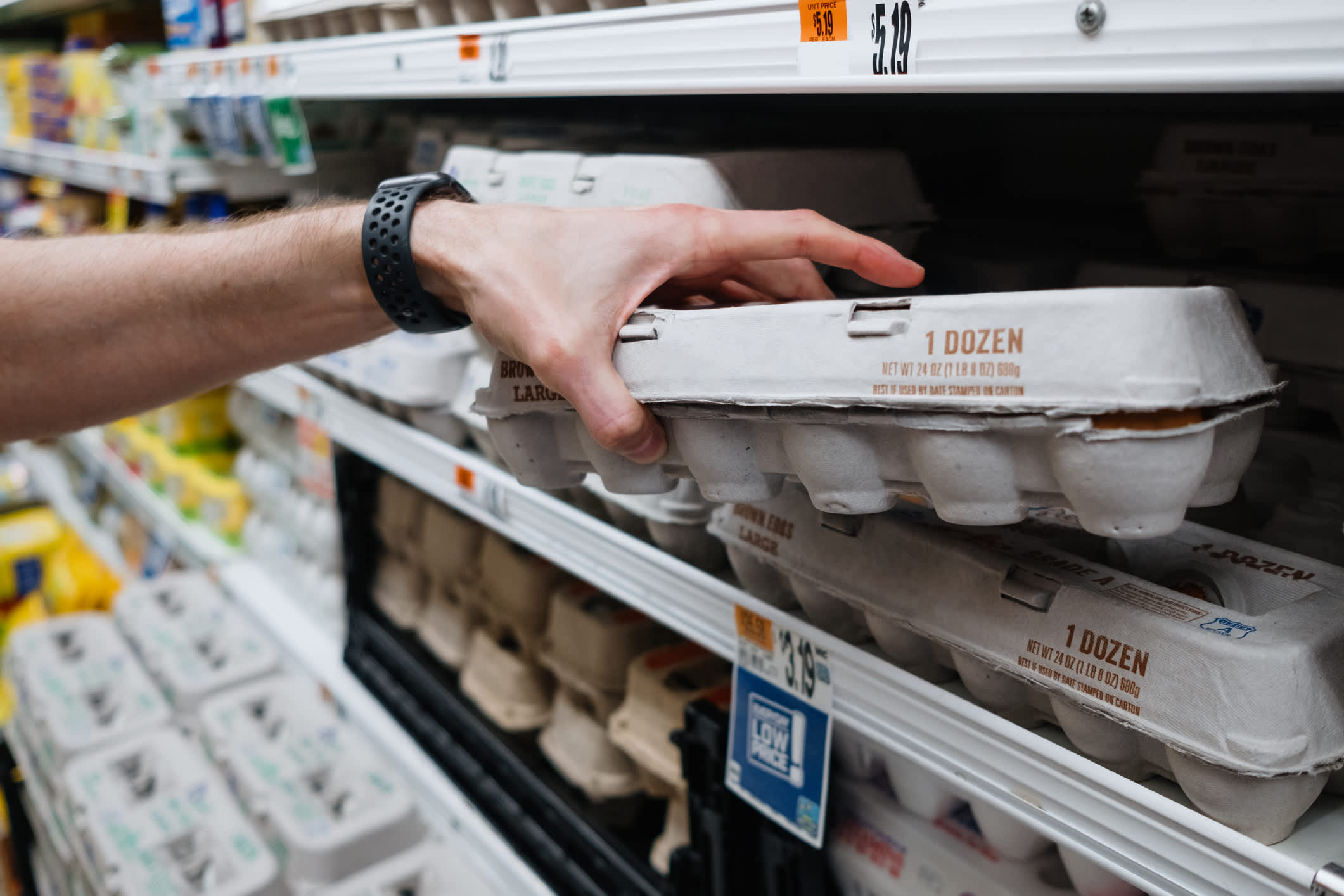
- The Bureau of Labor Statistics announced that the consumer price index increased by 2.5% annually in August 2024.
- That CPI inflation reading is the lowest since February 2021.
- Inflation has gradually declined but a few categories like housing remain stubbornly high.
- Since inflation has moderated, it is predicted that the Federal Reserve will begin reducing interest rates.
The U.S. economy is experiencing a decrease in inflation in August, indicating that the high prices that have been a problem for the past three years are gradually becoming less of an issue.
According to Sarah House, senior economist at Wells Fargo Economics, overall inflationary pressures are "diminishing."
The U.S. Department of Labor reported on Wednesday that the consumer price index, which gauges price changes across the U.S. economy, increased by 2.5% in August compared to the same month last year.
Since February 2021, the figure has been the lowest reading, down from 2.9% in July.
Despite some lingering concerns, particularly with housing, economists noted that prices for essentials like groceries and gasoline have stabilized, and the inflation rate is now declining.
House stated that while we can expect inflation to gradually decrease, there may be some fluctuations in the data from month to month.
'Tamed' but not 'vanquished'
The August inflation rate has decreased significantly from the 9.1% peak recorded in mid-2022, which was the highest level since 1981.
It's also nearing policymakers' long-term target of around 2%.
Although inflation has been mostly controlled, housing inflation remains stubbornly high, preventing it from being fully defeated, according to Paul Ashworth, the chief North America economist at Capital Economics, in a note issued Wednesday morning.
The Federal Reserve is predicted to begin lowering interest rates this month, shifting its focus from fighting inflation to preventing a recession due to a slowing job market.
During the pandemic, the central bank increased interest rates to their highest level in 23 years, resulting in higher borrowing costs for consumers and businesses, as an effort to control inflation.
The Fed is expected to cut rates by a quarter of a percentage point at its upcoming policy meeting next week, as both House and Ashworth anticipate this move.
Housing inflation is falling but still high
Inflation for physical goods spiked as the U.S. economy reopened in 2021.
Higher consumer demand for goods and services led to supply shortages during the Covid-19 pandemic.
The increase in services inflation, which is more responsive to labor costs, was partly driven by the historically tight labor market, as employers fiercely competed for workers during the economy's reopening, according to economists.
The 'vibecession' is ending as the U.S. economy nails a soft landing. The U.S. job market slows but is not yet a 'three-alarm fire'. Relocating retirees seek lower costs of living and better lifestyles.
The "services" category, which includes housing, has been a significant obstacle to the Fed's target of falling inflation, according to economists.
The largest component of the CPI significantly influences inflation readings.
Since August 2023, the shelter index has increased by 5.2%, accounting for more than 70% of the annual increase in the "core" CPI, which is economists' preferred gauge of inflation trends.
The rate of housing inflation fluctuates slowly due to the way the government calculates it, according to economists.
Despite the positive news that the rental market has seen minimal inflation for about two years, economists said, the data quirks masked this trend in the real-time rental market. In the second quarter of 2024, average rents actually deflated (meaning prices actually fell) by 1% compared to a year earlier, according to the BLS New Tenant Rent Index.
Recently, CPI inflation has been defying gravity, as it has increased on a monthly basis for two consecutive months, from 0.2% in June to 0.4% in July, and then to 0.5% in August.
"I believe we should continue to see shelter decelerate, given broader trends in the rental market," House said.
Other 'notable' categories
Notable increases in various categories over the past year include motor vehicle insurance (16.5%), medical care (3%), recreation (1.6%), and education (3.1%), according to the BLS.
The increase in car prices a few years ago is likely driving up car insurance premiums and repair costs, as it is more expensive to insure and repair more expensive vehicles, according to economists.

The decline in car prices should lead to a decrease in insurance inflation, according to experts. Over the past year, new vehicle prices have fallen by approximately 1%, while used car and truck prices have decreased by more than 10%.
The rise in egg prices in 2022, caused by a bird flu outbreak, has been followed by another increase, with prices up 28% from the previous year.
In August 2022, the annual grocery inflation rate was less than 1%, a decrease from the average of 11.4% in 2022, which was the highest since 1979.
Gasoline prices are also down about 10% over the past year.
Investing
You might also like
- In 2025, there will be a significant alteration to inherited IRAs, according to an advisor. Here's how to avoid penalties.
- An expert suggests that now is the 'optimal moment' to reevaluate your retirement savings. Here are some tips to help you begin.
- A human rights expert explains why wealth accumulation is increasing at an accelerated rate during the era of the billionaire.
- Social media influencers are here to stay, regardless of what happens with TikTok. Here's how to vet money advice from them.
- This tax season, investors may be eligible for free tax filing.






